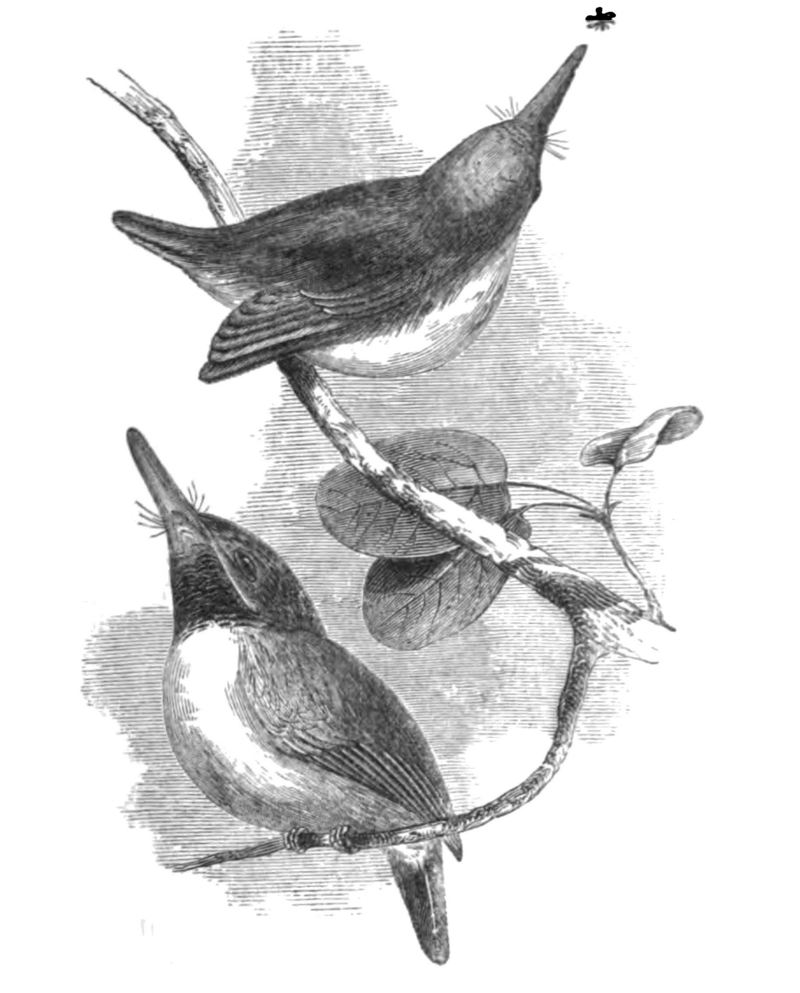|
| 질의: caterpillar | 결과: 1075번째/1696 | |
Jamaican tody (Todus todus)
| 제목: | Jamaican tody (Todus todus)
| | 올린이: | Wiki Photos (---@---.---)
| |

| 해상도: 1825x2266
파일크기: 374667 Bytes
등록시간: 2017:02:26 15:06:24
|
Description
English: Green Tody (as Todus viridis L.). Image from Natural History, Birds.
Date 1849
Source https://archive.org/details/NaturalHistoryBirds
Author Philip Henry Gosse
Source: https://commons.wikimedia.org/wiki/File:Natural_History,_Birds_-_Green_Tody.jpg
Found only in Jamaica, the Jamaican tody (Todus todus) is a small and colourful bird, predominantly green above, with a red throat and yellow underparts, with some pink on the sides. It has a large head and a long, flat bill. It perches on small branches, with its bills unturned and, like its Cuban relative (the Cuban tody), takes insects, larvae, and fruit. The Jamaican tody nests in burrows, which it excavates in muddy banks or rotted wood.
|
댓글 |
|---|
| | 손님 |
|
Scientific Name: Todus todus (Linnaeus, 1758)
Common Names: Jamaican Tody
French: Todier de Jamaïque German: Grüntodi Spanish: Barrancolí jamaicano
Taxonomy: Alcedo Todus Linnaeus, 1758, Jamaica. |
^o^
동물그림창고 똑똑전화 누리집
^o^
|
|
|